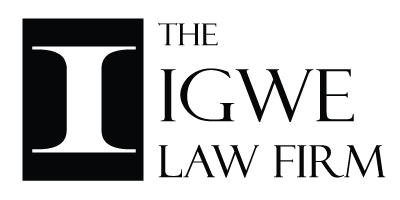Product Liability
What is Products Liability?
Products liability is an area of the law that protects you - the consumer, from dangerous or defective products. Products liability is a general term which covers many areas of the law including the design of the product, the manufacturing of the product and the marketing of the product. Only a product liability lawyer that has years of experience should represent you through your products liability claim.
What are the different types of Product Defects?
There are 3 types of product defects that can give rise to a claim for Strict Products Liability. They are 1) a Manufacturing Defect; 2) a Design Defect; and 3) a Failure to Warn Defect.
Manufacturing Defect
In a Manufacturing Defect claim, the Plaintiff must prove that the product was defective when it left defendant’s manufacturing plant. A manufacturing defect is usually shown by proving a breakdown in the machine or in one of the components of the machine.
Example: a brand new tire blow out
Design Defect
In a Design Defect claim, a Plaintiff must prove that the product was unsafe for its intended user. A Design Defect is usually shown by proving that the design of the product resulted in an unreasonably dangerous product.
Example: an electric lawnmower that did not have a “deadman’s switch” to stop the mower when the operator left the seat
Failure to Warn
A failure to warn claim arises when the product was distributed without sufficient warnings to notify the user of the dangers inherent in the product. A plaintiff must show that the warning given was inadequate or that there was no warning altogether and that the deficient warning or lack of warning made the product unreasonably dangerous and that the user of the product would have avoided the risk had he or she been warned of it by the production company.
Example: failure to warn of a drug’s side effects
Frequently Asked Questions
- What is “Strict Products Liability”?
- Strict Products liability hold the seller of a defective or dangerous product liable to the consumer for his or her injuries even if the seller exercised all possible care in the preparation and sale of the product. The injured party doesn’t have to prove fault of anyone, whether it be the manufacturer, the seller, etc. The injured party only needs to prove that they were injured by a defective product. In order to establish a strict liability claim, the Plaintiff must prove the following: 1) that the product was sold in a defective condition; 2) that the product is or was unreasonably dangerous; and 3) that the defective product caused the Plaintiff’s injuries. One caveat is that the Plaintiff must be the intended user who is putting the product to its intended use.
- Who do I sue?
- A products liability lawsuit is often brought against multiple defendants. These can include: the manufacturer, the marketing company, the wholesaler, the retailer, the designer and the supplier. Some of these Defendants may not be readily discernible to the public. A product liability attorney will be able to properly investigate each case to ensure that you sure all of the proper defendants. Failure to name the correct party in a lawsuit could compromise your claim and your ability to collect damages.
- What kind of damages can I recover?
- Unlike strict products liability, in a negligence products liability claim, the injured party must prove fault of the manufacturer. To prove fault, the injured party must show that the manufacturer had a duty to conform to a certain standard of conduct and failed to conform to that standard. This could be a failure to fulfill their duty in the design or manufacturing of the product. The injured party must also show that there was a causal connection between the manufacturer’s conduct and the resulting injury.
- What is Negligence Products Liability?
- Unlike strict products liability, in a negligence products liability claim, the injured party must prove fault of the manufacturer. To prove fault, the injured party must show that the manufacturer had a duty to conform to a certain standard of conduct and failed to conform to that standard. This could be failure to fulfill their duty in the design or manufacturing of the product. The injured party must also show that there was a causal connection between the manufacturer’s conduct and the resulting injury with actual damage resulting.
